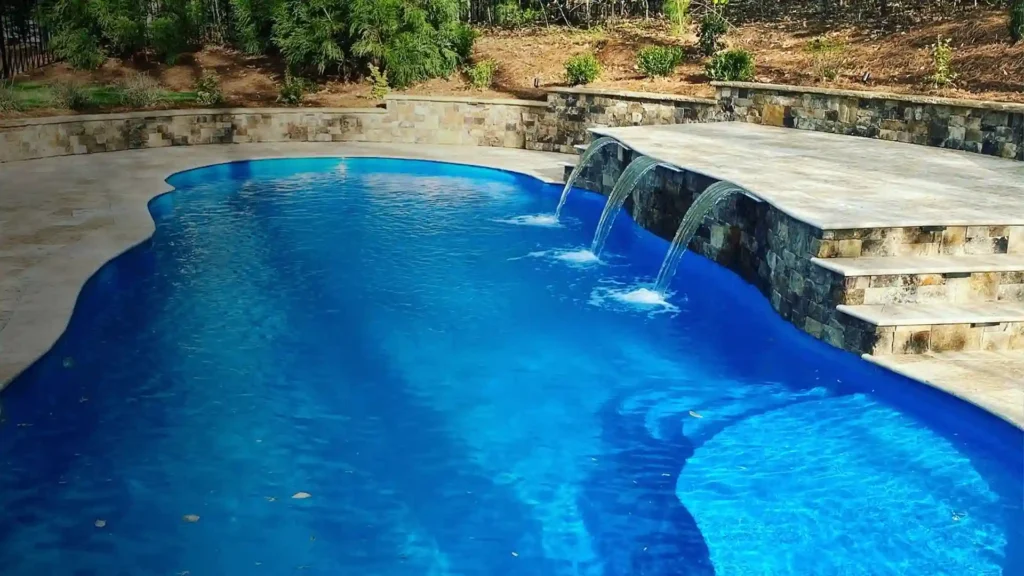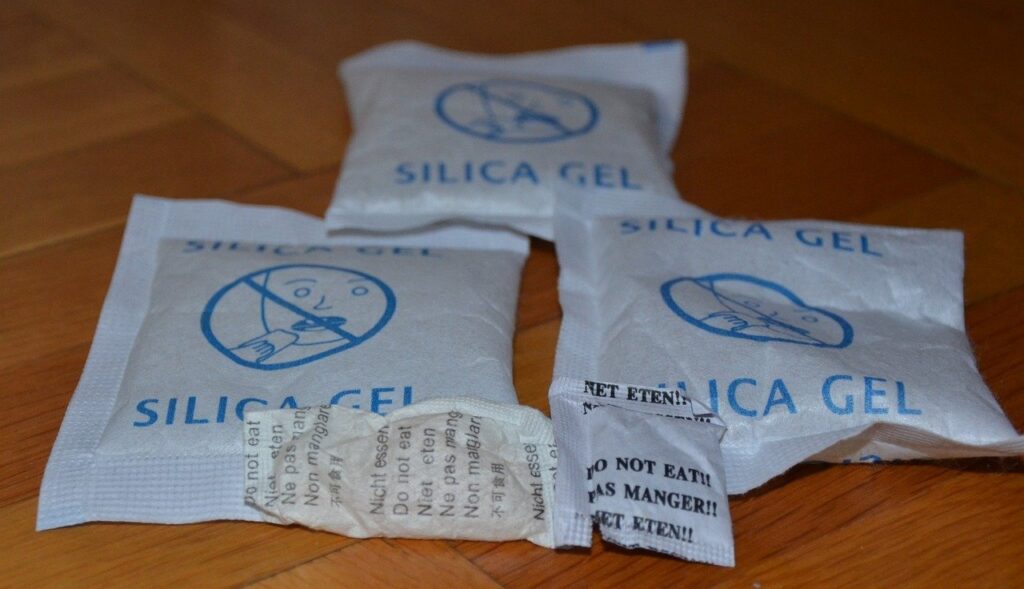It’s just a little water loss – I’ll top it off next week.”Does this sound familiar? If you’ve caught yourself saying this about your pool, you might be overlooking what could become a very costly problem, warns AIM Real Estate & Property Management.
It’s all too common for pool owners to ignore minor leak signs, thinking that simply refilling the pool is easier than dealing with repairs. But as time goes on, those rising water bills become difficult to ignore.
Worse yet, undetected leaks can slowly damage your equipment, the pool’s structure, and even your home’s foundation. Left unchecked, a seemingly harmless leak can lead to major expenses down the line. But by catching and fixing leaks early, you can save yourself thousands in repair costs.
In this article, we’ll dive deep into the hidden costs of an undetected pool leak. You’ll learn exactly what happens when they go unnoticed, the long-term damage they can cause, and why promptly detecting and repairing them is crucial for every pool owner. Let’s get started.
Rising Utility Bills
The first place you’ll feel the financial impact of a pool leak is on your monthly utility bills – and the costs can add up faster than you might expect. A leaking pool can lose anywhere from a quarter-inch to two inches of water per day. For an average-sized pool, that translates to thousands of gallons of water lost each month, which you’ll have to pay to replace.
But the expenses don’t stop at your water bills. Every time you add fresh water to your pool, you’re diluting the chemical balance, which means you’ll need to add more expensive chlorine, pH adjusters, and algaecides much more frequently just to maintain proper levels.
Equipment Damage
Your equipment can take a hit, too. When water levels drop, your pool’s pumps and filtration systems have to work overtime to maintain proper circulation. This added stress can lead to a cascade of equipment problems and costly repairs.
One of the most common issues happens when water levels fall below the skimmer. At this point, your pump starts sucking in air instead of water, causing it to run dry, overheat, and eventually fail. Replacing a pool pump can cost hundreds or even thousands of dollars.
Pool heaters are also unsafe when water levels are low. Most heaters have safety switches designed to shut them off when water flow is insufficient, but these safety measures can malfunction. If the heater continues to run without proper water circulation, it can crack heat exchangers or damage internal components, often requiring complete replacement.
Even your pool’s filtration system suffers when water levels fluctuate constantly. Sand filters can develop channels, reducing their effectiveness. Cartridge filters clog more quickly, requiring more frequent cleaning or replacement. And DE filters need to be backwashed more often. All of these issues add up to more time and money spent on pool upkeep.
Soil Erosion and Void Formation
As water seeps out of your pool, it slowly washes away the soil that supports the pool shell. Over time, this erosion creates underground channels and voids, leaving your pool with a weakened foundation. The scary part is that you might not notice any signs of this damage until it’s too late.
The first red flag might be a small depression or sinkhole forming near your pool. But by the time you spot this warning sign, extensive hollow spaces have likely already formed underneath. This can lead to cracks in the pool shell or even complete structural failure.
Those in colder climates face higher risks. When temperatures drop below freezing, water seeped into the soil around your pool can freeze and expand. This freeze-thaw cycle puts immense pressure on your pool shell and can cause concrete to crack, shift, or even collapse.
Foundation and Deck Damage
Pool leaks rarely stay in the pool—water travels often toward your home. As water migrates through soil, it undermines your pool deck, causing sections to sink, tilt, or crack. These tripping hazards can easily open up more water to penetrate below.
Landscaping features also become vulnerable to shifting and settling as soil washes away beneath them. Most concerning is when leaking water reaches your home’s foundation, causing leaks in your basement and even structural shifts that affect the door frames and walls inside your house.
Broken Pool Structure
The pool shell is often the final victim of a long-term leak. As water continues to escape through the initial leak point, it usually creates additional stress on the pool structure. This creates a vicious cycle where more leaks cause more structural movement, which in turn causes even more leaks.
The worst-case scenario is a complete structural failure, which occurs when the pool walls collapse or floors buckle dramatically overnight. In these cases, a partial or complete pool replacement is usually the only option, with costs easily running between $25,000 and $50,000.
Reduced Property Value
Home buyers are more informed and cautious than ever. Many will hire specialized inspectors to thoroughly evaluate a property’s condition, including the pool area. If these inspectors uncover a history of leaks or evidence of patchwork repairs, it can be a major red flag for potential buyers.
Pool issues often become sticking points in negotiations. Buyers may demand that you discount the property to offset the perceived expense and hassle of dealing with repairs. In some cases, the mere presence of pool problems can cause buyers to walk away from the deal entirely. According to one Las Vegas luxury realtor, “an issue with a pool is almost always a dealbreaker; prospective buyers don’t want to deal with the mess of a leaking pool down the road.”
Most states also require homeowners to inform potential buyers about any issues with the property, including the pool. The smartest approach is to address these leaks early so your property maintains its value.
Environmental Impact
Pool leaks also raise important environmental issues. In many regions where water is scarce, the thousands of gallons wasted by a leaking pool means you are wasting precious resources.
The chemicals in your pool water can leach into the soil and eventually into the local water table. These chemicals can impact plants, wildlife, and potentially even the drinking water in your community.
You’re also unnecessarily increasing your carbon footprint when your equipment runs longer and harder due to a leak.
The Bottom Line on Pool Leaks
Early detection and repair will always cost less than dealing with the consequences of prolonged leaking. Most professional services can identify and repair common leaks in just a few hours, often for less than a single month’s increased utility bills from that same leak.
If you suspect your pool might be leaking, don’t wait. Contact a trusted swimming pool leak detection specialist today to schedule an inspection.






